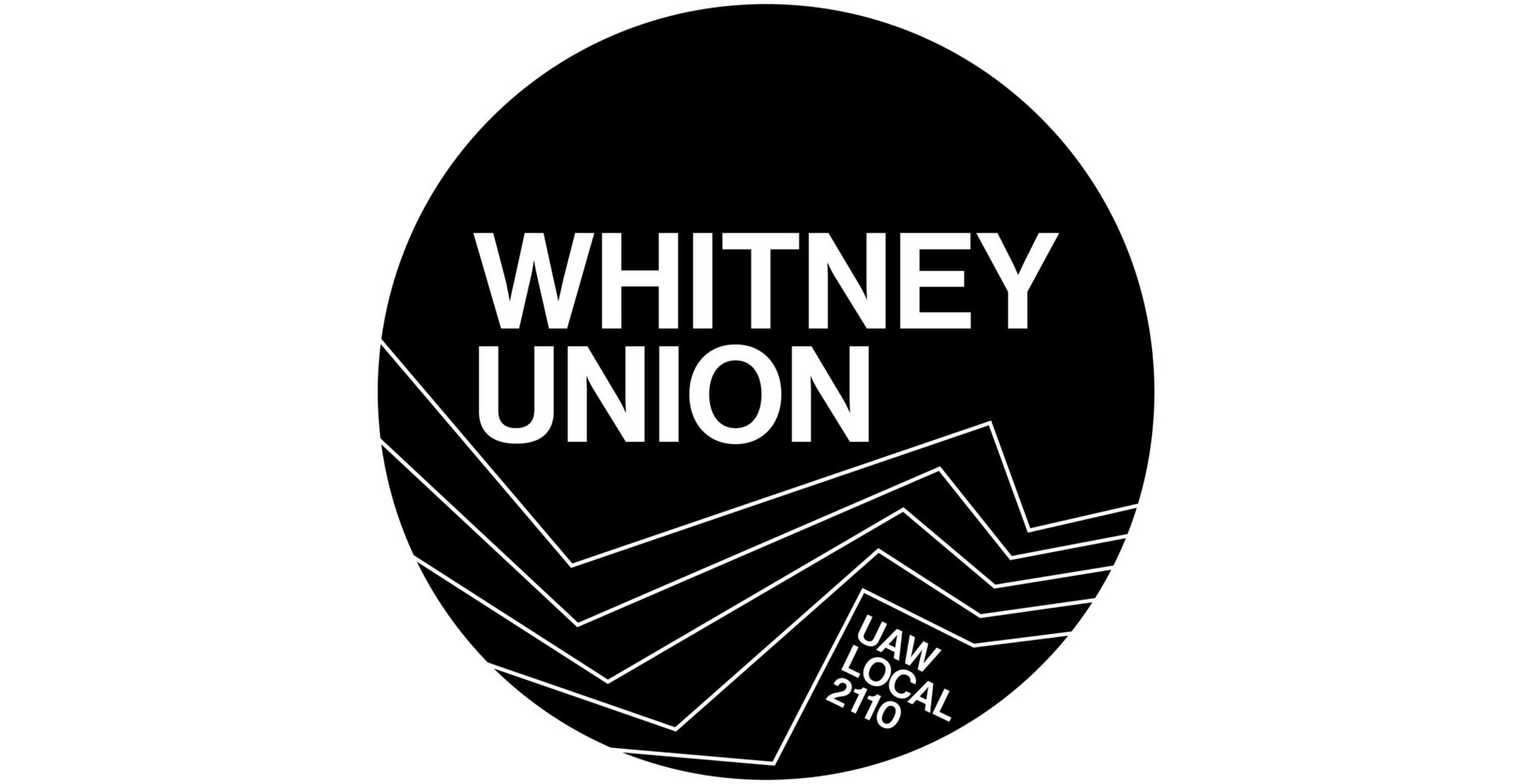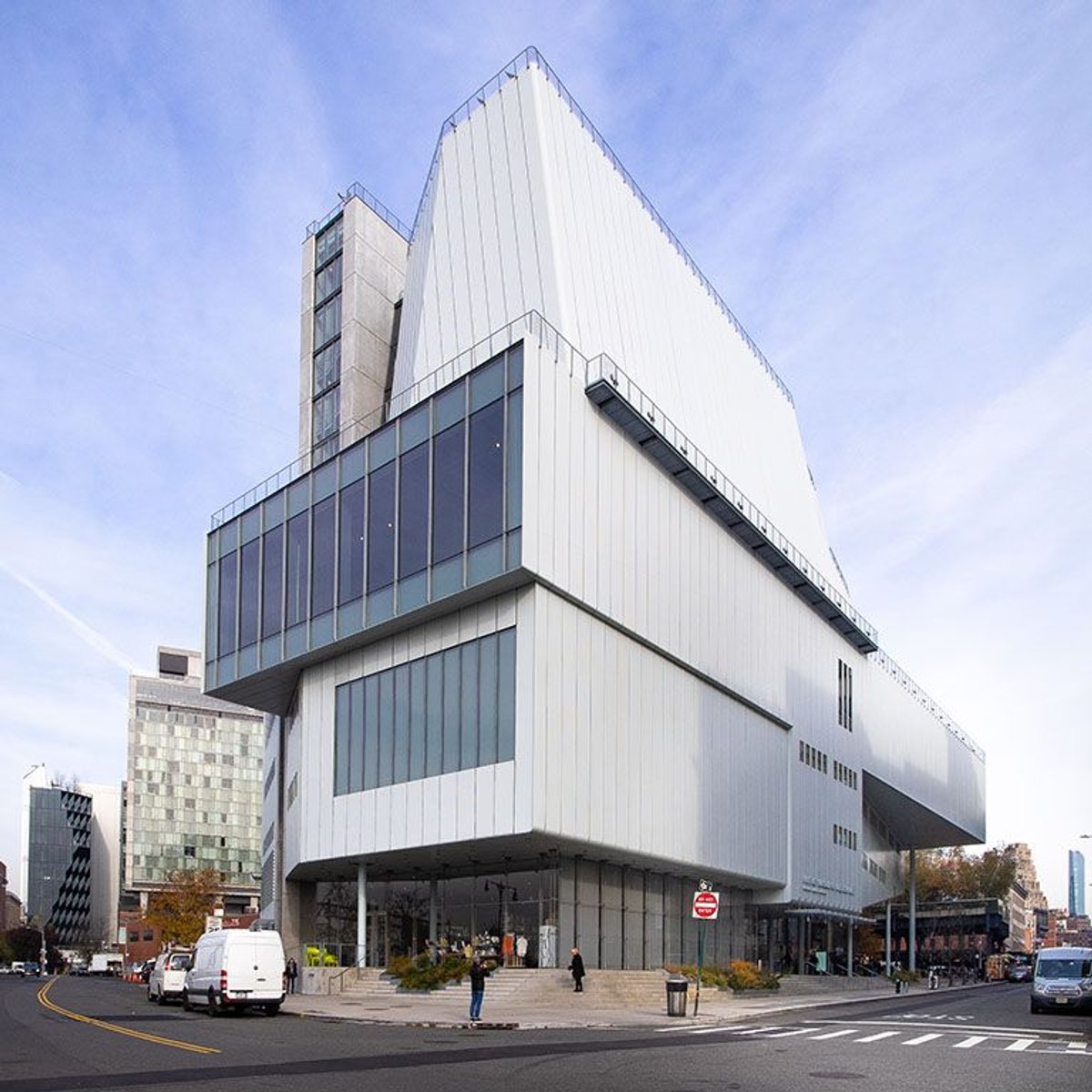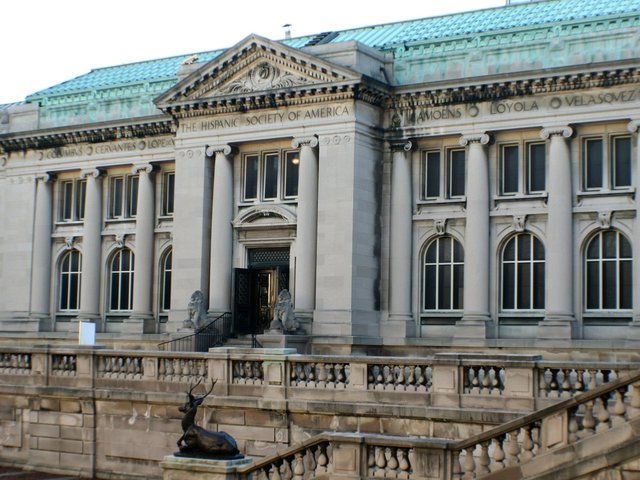Unionisation efforts at US museums show no signs of stopping, with staff at two major New York petitioning to join the Local 2110 arm of the United Auto Workers union, which already represents cultural and educational workers across the Northeast.
Around 190 conservators, curators, educators, editors, front-facing staff, porters and more are hoping to create a “wall to wall” union at the Whitney Museum of American Art, while employees at the much smaller Hispanic Society of America are also hoping to join the labour organisation.
“The big picture to me is that these institutions have very wealthy corporate boards, they often have extremely high-paid leadership positions, yet the staff salaries have really lagged behind, so people even in full-time professional positions earn very little, and the Whitney is no exception,” says Maida Rosenstein, the president of Local 2110 UAW. Rosenstein notes that the staff hope that a union will bring them “basic protections and basic economic security”.

Whitney Union logo
Similar moves to unionise have successfully taken place at the Guggenheim, the New Museum, the Philadelphia Museum of Art, and the MFA Boston, among other institutions.
“What is very notable at The Whitney is how often people express that they like their jobs and the work that they do, and they really care about the institution,” Rosenstein adds. “They don't hate their jobs, the jobs are just too precarious for people to tolerate for long periods of time and they want it to be more sustainable.” A date for the vote has not yet been set, but Local 2110 UAW has requested a mail ballot election be held as soon as possible.
A spokeswoman for the Whitney says the museum “respects the staff’s desire to engage in a dialogue about collective bargaining and remains committed to supporting all staff, regardless of union affiliation”.
Workers at the Hispanic Society, which runs a museum and library in upper Manhattan dedicated to the arts and literature of Spain and Latin America, were galvanised to join a union when museum leadership decided to end the employee pension plan this year. The institution, which employs about 25 people, has been shut to the public since 2017 as it undergoes a major renovation.
“The need for union protection has become pressing,” says John O’Neill, who has worked at the Hispanic Society for 26 years, in a statement. “When the Society’s board terminated the pension plan earlier this year, they betrayed our trust as employees.”
The Hispanic Society did not respond to a request for comment at the time of publication, but in an email quoted by The New York Times, its director and chief executive Guillaume Kientz asked the staff to “keep an open mind, ask questions, and make an informed decision based on your personal needs. I am confident that once you learn both sides of the issue you will choose to maintain the work environment that we’ve worked so hard together to create.”
At the Whitney, says Karissa Francis, who has worked as a visitor services assistant there for four years, “The pandemic brought to the forefront of the minds of myself and my colleagues concerns about pay equity and job security.”
“These issues are not unique as we’ve seen from organising efforts at other arts institutions,” she says. “We were inspired by these efforts, which allowed us to see what is possible when you advocate for yourselves as a collective. We believe in the mission of the museum and believe that a union will strengthen our relationship by allowing us the space to voice concerns that come up in a constructive way.”



